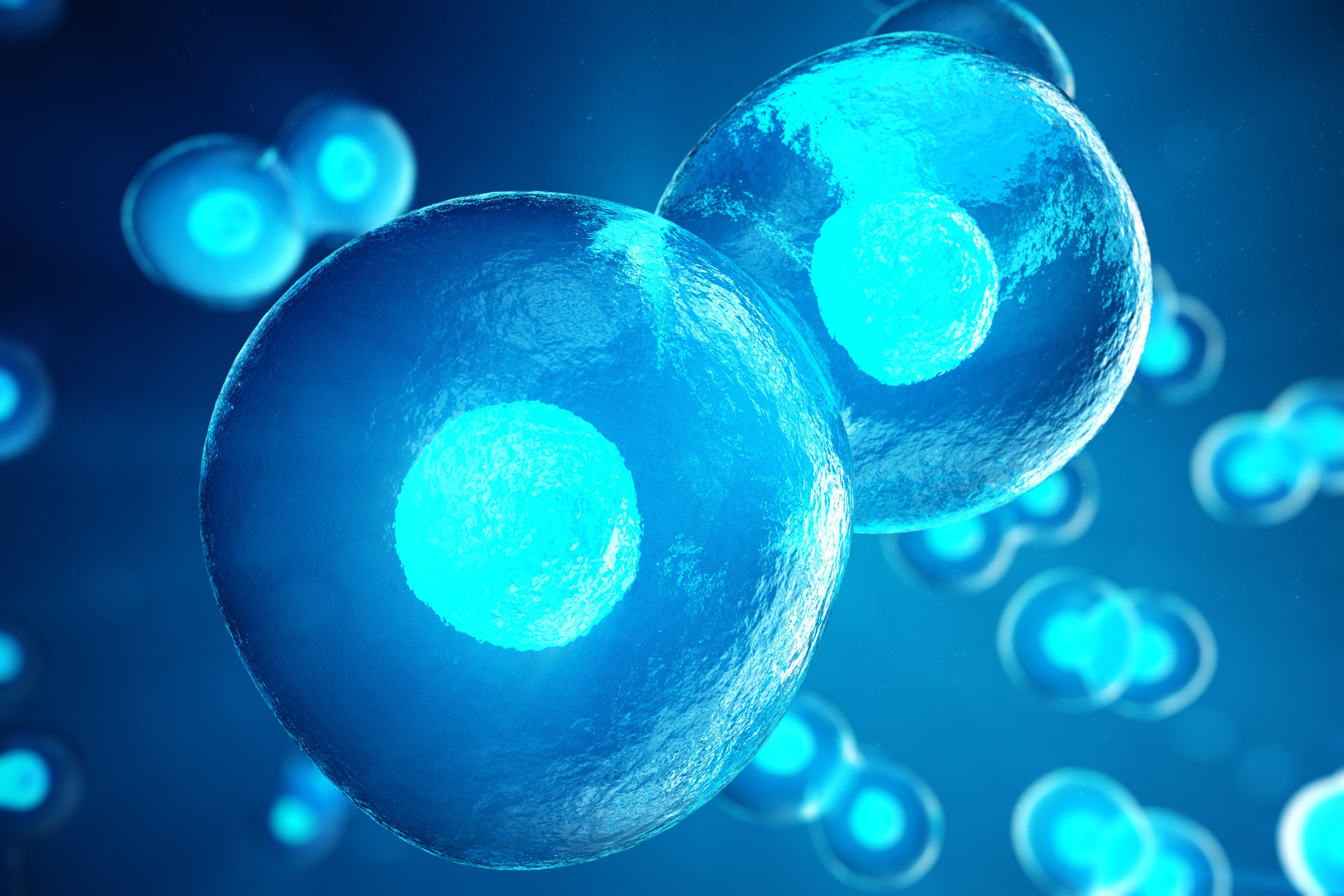Understanding mammalian development requires studying the intricacies of various stem cells. Here, I will discuss the pros and cons of three different types of stem cells commonly used in developmental research: embryonic stem cells (ESCs), induced pluripotent stem cells (iPSCs), and lineage-restricted progenitor cells.
-
Embryonic Stem Cells (ESCs):
Pros:
- Pluripotency: ESCs are derived from the inner cell mass of early-stage embryos and possess the ability to differentiate into cells of all three germ layers, making them valuable for studying early development.
- Developmental modeling: ESCs can be differentiated into various cell types that mimic early embryonic development, allowing researchers to investigate lineage specification, tissue morphogenesis, and cell fate determination.
- Genetic manipulation: ESCs can be genetically modified to study gene function and regulation during embryonic development, shedding light on the molecular mechanisms underlying developmental processes.
Cons:
- Ethical considerations: The use of ESCs involves the destruction of human embryos, which raises ethical concerns and may face legal restrictions in certain regions.
- Variable differentiation potential: ESCs exhibit heterogeneity in their differentiation propensity, and directing their differentiation into specific cell types can be challenging, leading to mixed populations of differentiated cells.
- Complex culture requirements: ESCs require precise culture conditions, including specific media, growth factors, and supportive feeder layers, which can be technically demanding and increase the cost and complexity of experiments.
-
Induced Pluripotent Stem Cells (iPSCs)
Pros:
- Patient-specific modeling: iPSCs can be generated from adult somatic cells, allowing researchers to create patient-specific models for studying genetic disorders and personalized medicine.
- Developmental recapitulation: iPSCs can be differentiated into various cell types to recapitulate the developmental processes of specific tissues or organs, providing insights into human embryonic development.
- Disease modeling: iPSCs can be derived from patients with developmental disorders, allowing the investigation of disease mechanisms, drug screening, and potential therapeutic interventions.
Cons:
- Reprogramming efficiency and variability: The process of generating iPSCs can be inefficient and result in variations in reprogramming efficiency, which can impact the quality and consistency of iPSC lines.
- Genetic and epigenetic variations: The reprogramming process can introduce genetic and epigenetic changes, potentially affecting the behavior and safety of iPSCs and their differentiated derivatives.
- Immaturity: iPSC-derived cells often exhibit an immature phenotype compared to their counterparts in vivo, limiting their usefulness for understanding late-stage embryonic development.
-
Lineage-Restricted Progenitor Cells
Pros:
- Tissue-specific relevance: Lineage-restricted progenitor cells are progenitors for specific lineages and represent intermediate stages of differentiation, making them relevant for studying tissue-specific development.
- Physiological context: These progenitor cells can be isolated from specific tissues during development, providing a more accurate representation of the in vivo developmental environment.
- Developmental fate mapping: By tracing the lineage and fate of progenitor cells, researchers can decipher the lineage relationships, cell lineage diversification, and cell fate decisions during development.
Cons:
- Limited differentiation potential: Lineage-restricted progenitor cells have a more limited differentiation capacity compared to pluripotent stem cells, restricting their use for studying early developmental events.
- Challenging isolation and culture: Isolating and maintaining lineage-restricted progenitor cells can be technically challenging due to their scarcity and sensitivity to culture conditions.
- Lack of standardized markers: Identifying and characterizing lineage-restricted progenitor cells often relies on combinations of markers, and the absence of universal markers can complicate their study and comparison across different systems.
Each type of stem cell has its advantages and limitations for understanding mammalian development. ESCs offer pluripotency but face ethical concerns. iPSCs provide patient-specific models but have challenges related to reprogramming efficiency and cell maturity. Lineage-restricted progenitor cells offer tissue-specific relevance but have limited differentiation potential and technical challenges in isolation. Considering the specific research goals and requirements is crucial in selecting the most appropriate stem cell type for studying mammalian development.

Leave a Reply